
Ingredient
Lime infusion flowers and similar-
Unveiling the Floral Essence: Lime Infusion Flowers and Beyond
Lime infusion flowers are small, white flowers that grow on lime trees. They have a delicate appearance with five petals and a vibrant yellow center. The flowers possess a distinct citrusy flavor that is reminiscent of lime, along with a subtle floral undertone. Lime infusion flowers are commonly used to make herbal teas, floral syrups, or as a decorative element in desserts and pastries. They add a refreshing and fragrant touch to various culinary creations.
Origins and history
Lime infusion flowers have a long history of culinary and medicinal use. They are native to Europe and have been used in traditional herbal remedies for centuries. Lime flowers are known for their calming properties and are often used to make soothing herbal teas or tisanes. In culinary applications, lime infusion flowers are prized for their unique flavor and aromatic qualities. They are commonly found in European cuisines, particularly in desserts, beverages, or as a garnish for salads and savory dishes.
Nutritional information
Lime infusion flowers are low in calories and do not provide significant amounts of nutrients. However, they are rich in antioxidants and possess anti-inflammatory properties. The flowers are also caffeine-free and can be enjoyed as a soothing herbal tea.
Allergens
None known.
How to select
When selecting lime infusion flowers, look for fresh blooms that are free from blemishes or discoloration. The flowers should have a vibrant white color and a strong citrusy aroma. Avoid flowers that appear wilted or have brown spots. If purchasing dried lime infusion flowers, ensure they are stored in airtight containers to maintain their flavor and fragrance.
Storage recommendations
To preserve the freshness and flavor of lime infusion flowers, store them in a cool, dry place away from direct sunlight. If using fresh flowers, place them in a vase with water and change the water regularly to prevent wilting. Dried lime infusion flowers should be stored in airtight containers to maintain their fragrance. Use the flowers within 1 to 2 weeks for the best quality.
How to produce
Lime trees can be grown in suitable climates with well-drained soil and ample sunlight. They require regular watering and protection from extreme temperatures. Lime trees can be propagated from seeds or cuttings, and with proper care, they can produce an abundance of lime infusion flowers. However, it is important to research the specific requirements of lime tree cultivation to ensure successful growth and flowering.
Preparation tips
Lime infusion flowers can be used to infuse beverages like tea, lemonade, or cocktails. Simply steep the flowers in hot water or mix them with other ingredients to create a refreshing floral drink. Lime infusion flowers can also be used to make floral syrups by combining them with sugar and water, which can then be used to flavor desserts, pastries, or drizzled over fruits. Additionally, the flowers can be used as a decorative element in salads, cakes, or as a garnish for savory dishes. If using lime infusion flowers in cooking, it is important to use them sparingly, as their flavor can be overpowering if used in excess.
Substitutions
Lime zest or lime juice can be used as a substitute for lime infusion flowers in most recipes. However, the floral aroma and delicate texture of the flowers cannot be replicated. If substituting with lime zest, use it sparingly to avoid overpowering the dish with citrus flavor. Alternatively, other edible flowers like lavender, chamomile, or elderflower can be used to add a floral touch to recipes.
Culinary uses
Lime infusion flowers are commonly used in European cuisines, particularly in desserts and pastries. They are often incorporated into cakes, cookies, custards, or creams to add a subtle citrusy and floral note. Lime infusion flowers can also be used to infuse syrups, jellies, or jams, enhancing their flavor and fragrance. In addition to sweet applications, lime infusion flowers can be used as a garnish for salads, seafood dishes, or mixed into herbal teas for a refreshing beverage.
Availability
Lime infusion flowers are commonly available in Europe, particularly in countries like France, Italy, and the United Kingdom. They can be found in specialty food stores, farmers markets, or online retailers that specialize in culinary ingredients. Lime infusion flowers are also cultivated in other regions with suitable climates for lime tree growth.
More ingredients from this category
Recipes using Lime infusion flowers and similar- » Browse all

Folar de Valpaços
Savory Portuguese Easter Bread: Folar de Valpaços
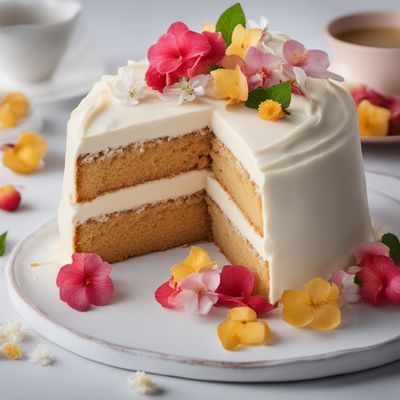
Putian-style Cream Cake
Silky Delight: Putian-style Cream Cake
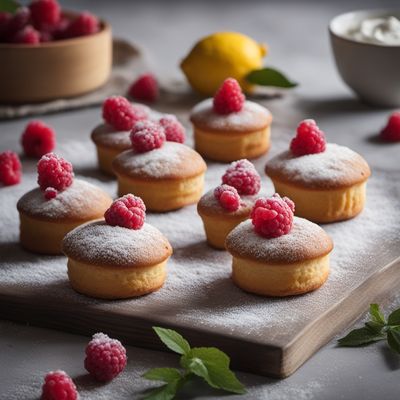
Laskiaispulla - Finnish Cardamom Cream Buns
Heavenly Delights: Finnish Cardamom Cream Buns

Smetannik - Russian Sour Cream Cake
Velvety Delight: Indulge in the Creamy Bliss of Russian Sour Cream Cake
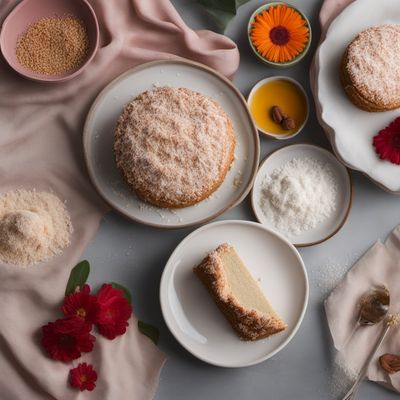
Mangalorean Catholic Dolly Varden Cake
Mangalorean Delight: Dolly Varden Cake with a Coastal Twist
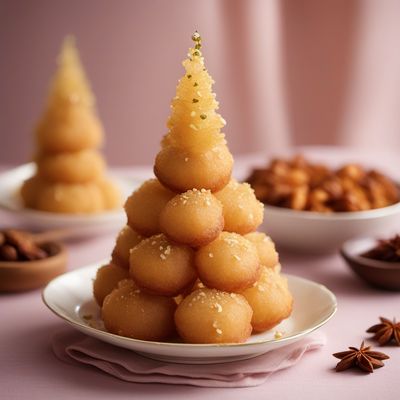
Chinese Islamic Croquembouche
Golden Tower of Delights: Chinese Islamic Croquembouche

Schwarzer Magister - German Black Forest Cake
Decadent Delight: Indulge in the Richness of German Black Forest Cake

Classic Strawberry Fraisier
Strawberry Delight: A French Pastry Masterpiece

Zuger Kirschtorte - Swiss Cherry Cake
Cherry Delight: A Swiss Cake to Savor
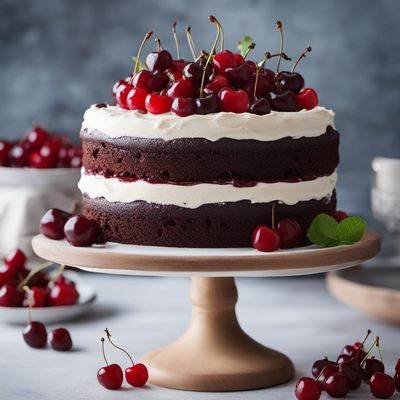
Black Forest Cherry Cake
Decadent Delight: Black Forest Cherry Cake

Chinese Aristocrat's Heavenly Chocolate Cake
Silken Chocolate Delight: A Decadent Indulgence Fit for Chinese Aristocracy

Lady Baltimore Dream Cake
Heavenly Delights: Lady Baltimore Dream Cake
